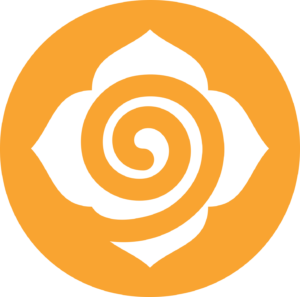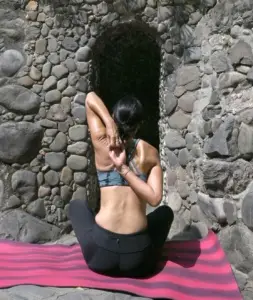
Mindful-based practices offer a gentle and effective approach to managing depression by integrating physical postures, breathing exercises, and meditation techniques. It promotes relaxation, reduces stress, and enhances overall well-being, making it a valuable complement to traditional treatments for depression.
Benefits of Depression Therapy:
Considerations before Starting:
Mindful Poses for Depression:
Breathing Exercises for Depression:
Mindful Practice for Depression:
Summary with Tips:
By embracing mindful-based practices tailored for depression, individuals can cultivate a sense of inner peace, resilience, and well-being. These practices offer holistic benefits that support mental health and contribute to a balanced and fulfilling life.

GoInwards is an IRS 501(c)(3) Non-Governmental Organization (NGO), chartered to advance wellness through integrative health related awareness, prevention, intervention, and resilience-based educational programs.
FEIN 90-0609802